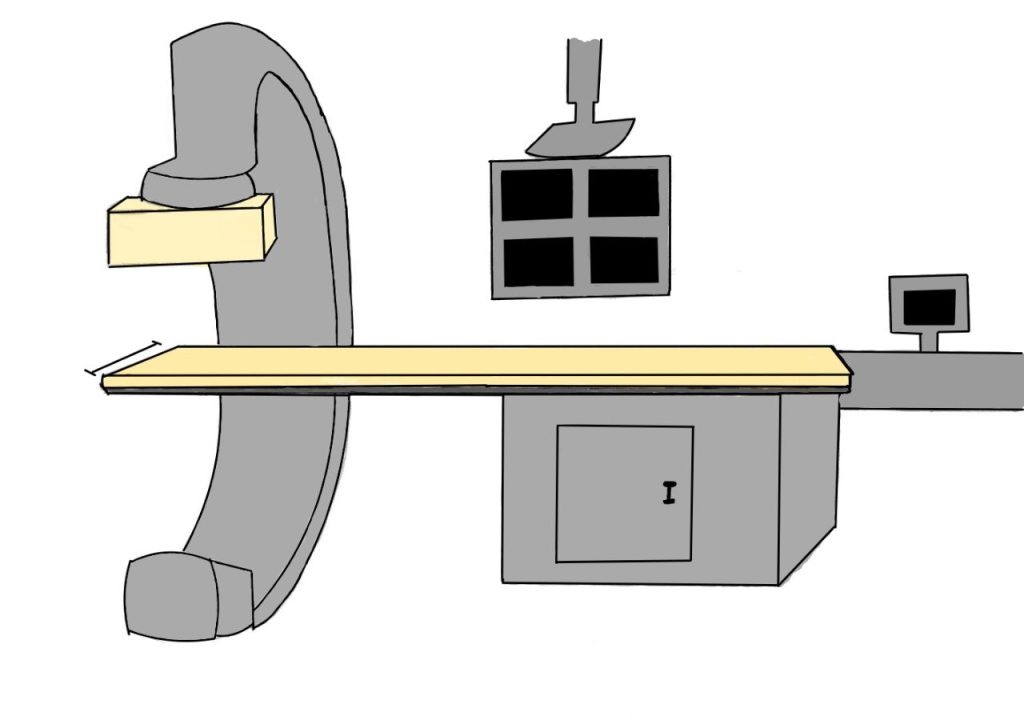Better Patient Securement during IR Procedures
- Shayan Sadiq
- Brian Liu
- Sujai Jaipalli
- Molly Li
- Kevin Nguyen
- Zhuoxuan Li
- Estele Yumi Toledo Odo be Barros
- Helen Wang
- Dr. Elizabeth Logsdon (Faculty mentor)
- Dr. Robert Liddell (Clinical mentor)
- Dr. Christopher Bailey (Committee member)
- Wowie Parduba (Committee member)
- Jenifer Dinicola (Committee member)
- Shri Prabha Shivram (Teaching assistant)
Abstract:
With the rise of obesity in the United States, it is imperative that the healthcare system is adapted to safely accommodate patients with excess abdominal girth. Currently, there is a risk of reducing the standard of care during procedures due to the lack of securement technology to accommodate larger body types, which may lead to poor patient outcomes and increased healthcare costs. An example of this can be observed in the Interventional Radiology (IR) suite, where current imaging equipment requires low-profile and radiolucent mechanisms for patient securement devices during IR procedures. Currently, lucite cradles and Velcro straps are used to secure average sized patients, but are not strong enough to support morbidly obese patients. Some clinicians may refuse to perform IR procedures on larger individuals due to the increased risk of improper securement, which may lead to patients falling off imaging tables. Thus, we propose a novel securement method which would allow interventional radiologists to more effectively secure patients of larger abdominal girth, ensuring equitable medical access and improved safety for all patients.

